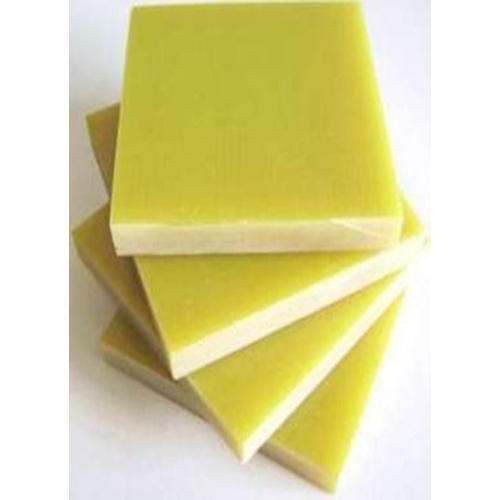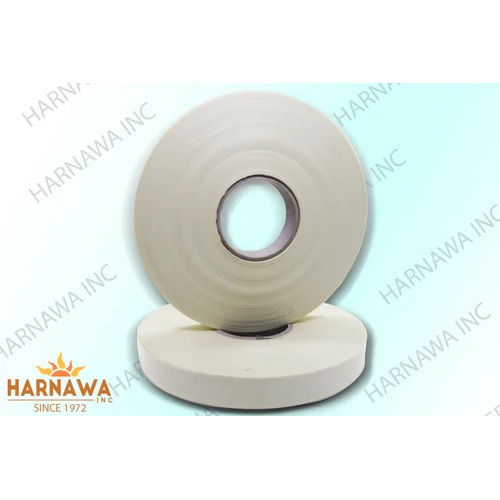
SMC/FRP Sheet
Product Details:
- Material SMC/FRP
- Thickness 1 Millimeter (mm)
- Application Industrial
- Breakdown Voltage 7 Volt (V)
- Color Yellow
- Click to view more
SMC/FRP Sheet Price and Quantity
- 2 Meter
- 15 INR/Meter
SMC/FRP Sheet Specification
- SMC/FRP
- Yellow
- Industrial
- 7 Volt (V)
- 1 Millimeter (mm)
SMC/FRP Sheet Trade Information
- 1000 Meter Per Month
- 7 Days
- All India
Product Description
Sheets made of SMC (Sheet Moulding Compound)
SMC is a composite material that is formed by mixing chopped glass fibres with a resin matrix, usually polyester, and compressing and curing the resulting combination to form a robust and long-lasting sheet. Due to their exceptional mechanical and electrical qualities, SMC sheets are frequently employed for the production of numerous components.
Sheets made of FRP (fiber-reinforced plastic)
Glass fibres are encased in a plastic matrix, such as polyester or epoxy resin, to create FRP sheets, also referred to as fiberglass-reinforced plastic sheets. Fibres and resin work together to increase a materials strength, durability, and corrosion resistance.
SMC/FRP Sheet Features:
1. High Strength: The mechanical strength of SMC and FRP sheets is well recognised. The plastic matrix gains tensile and flexural strength from the glass fibre reinforcement.
2. SMC and FRP sheets are relatively lightweight when compared to more heavy-duty materials like steel, which makes them suitable for situations where weight reduction is crucial.
3. Flexibility in design: SMC and FRP sheets can be moulded into sophisticated shapes, enabling the production of intricate and specialised components.
4. Both materials have strong electrical insulating qualities, which makes them acceptable for situations where electrical conductivity needs to be kept to a minimum.
5. Thermal Insulation: SMC and FRP sheets naturally have the ability to insulate heat, which can be useful in applications where temperature regulation is crucial.
6. Ease of Fabrication: These sheets may be machined, drilled, and cut easily with common tools.
SMC/FRP sheet applications
1. Automobiles: Due to its light weight and excellent strength, SMC sheets are utilised in body panels, hoods, and bumpers in automobiles. FRP sheets are used for structural elements and automotive interiors.
2. Construction: Due to their durability and design flexibility, SMC and FRP sheets are utilised in architectural applications such as facades, roofing, and cladding.
3. Marine: Due to their resistance to water and corrosion, FRP sheets are used often in marine applications for boat hulls, decks, and interior components.
4. Industrial Equipment: Due to their mechanical strength and chemical resistance, SMC and FRP sheets are utilised in the production of industrial equipment, storage tanks, and enclosures.
5. Aerospace: Due to its light weight and fire resistance, SMC sheets are utilised in aeroplane interiors.
6. Due to their electrical insulating qualities, these materials are utilised in electrical enclosures, panels, and cabinets.
Both SMC and FRP sheets have a wealth of benefits, making them valuable building materials in sectors needing robust, lightweight, and long-lasting components. Depending on the needs and desired qualities of a given application, SMC or FRP will be chosen.
FAQ
1. What materials are used to make FRP (fiber-reinforced plastic) and SMC (sheet moulding compound) sheets?
Ans - In order to create SMC sheets, chopped glass fibres are mixed with a resin matrix, usually polyester, before being compressed and given time to cure. Glass fibres are inserted in a plastic matrix, often made of polyester or epoxy resin, to create FRP sheets, which offer improved strength and durability.
2. Frequently Asked Questions: Why are SMC/FRP sheets useful in manufacturing?
Ans - In response, SMC and FRP sheets offer good electrical and thermal insulation qualities together with high strength, lightweight construction, corrosion resistance, and design flexibility. They are suited for a wide range of applications in many industries because to these characteristics.
3. What are some popular uses for SMC/FRP sheets?
Ans - SMC sheets are frequently used in electrical enclosures, construction materials, industrial equipment, and automobile parts. FRP sheets are used for interiors of aerospace vehicles, architectural components, and marine vessels, among other things.
4. How do SMC/FRP sheets differ from conventional materials like steel?
Ans - The strength of SMC and FRP sheets is comparable to that of steel, although they are significantly lighter. They are useful in applications where weight reduction is desired without compromising mechanical performance because of this.
5. SMC/FRP sheets: Can they be customised for certain designs?
Ans - Using common manufacturing techniques, SMC and FRP sheets can both be moulded into complex and unique designs. Due to the design's adaptability, customised components can be created to satisfy certain application needs.

 English
English Spanish
Spanish French
French German
German Italian
Italian Chinese (Simplified)
Chinese (Simplified) Japanese
Japanese Korean
Korean Arabic
Arabic Portuguese
Portuguese



